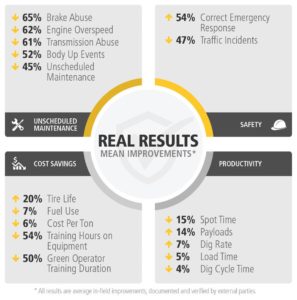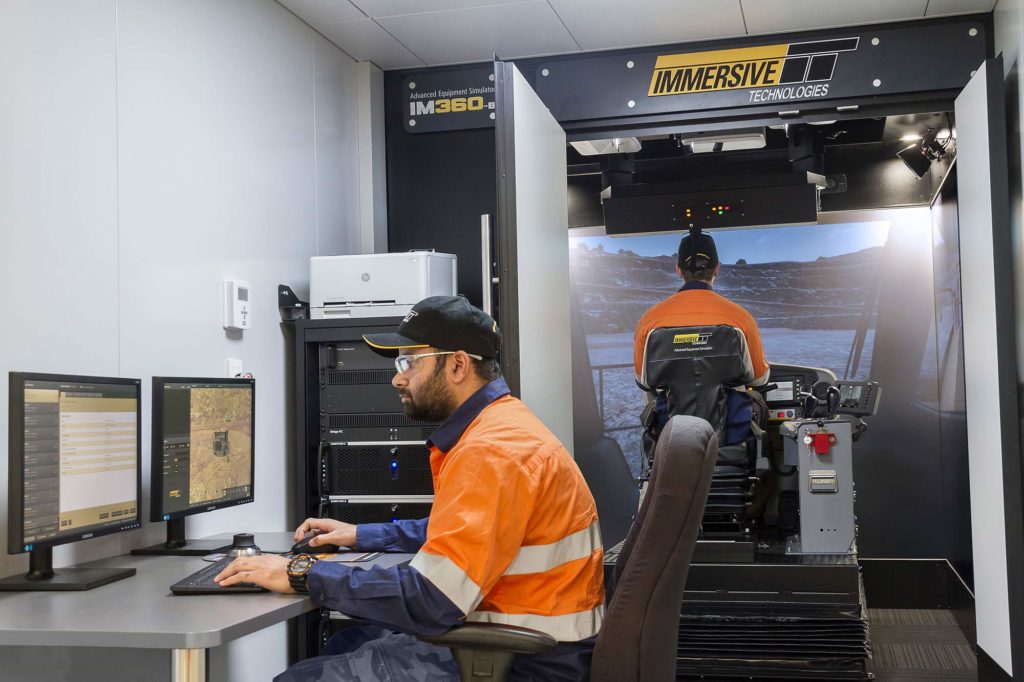Quantifiable return on investment (ROI) is the top factor impacting mining customer experience and technology investment decisions, according to a recent Immersive Technologies survey.
The simulator specialist surveyed over 100 senior mining professionals across Australia, Africa, Europe, Asia, North America and South America to determine which variables drive a positive experience for miners in the introduction of new technologies. These findings coincide with the release of a new Real Results catalogue (RRC) showing in-depth details demonstrating the company’s training approach.
Bryant Mullaney, VP of Managed Services and Consulting at Immersive, said: “The analysis shows us that quantified ROI is a critical aspect impacting not only original purchase decisions, but long-term satisfaction. These findings highlight the need for suppliers to focus in on what the mining customer really wants, which is long term ROI.”
The research suggested that buyer due diligence is becoming increasingly important.
“In a world where any supplier can make claims of ROI it becomes even more critical that buyers ask for submissions of proof or road test suppliers in a limited capacity before making a larger commitment,” Immersive said. “Failure to properly assess supplier claims can result in missed expectations and a high level of project risk.”
The Immersive Technologies RRC documents customers challenges that led them to seek simulation-based training solutions, solutions they used to address their specific challenge and results they reported with in-field data sources.

Almost in response to these survey results, Immersive provided examples where simulator training programmes had alleviated previous issues at mine sites.
In terms of improving reliability and cost control, the company referred to an example from a US mine that needed to improve machine availability and reduce unscheduled downtime.
It was found abusive shifts, body-ups, over speeds, brake temperatures and overloading were causing the majority of premature failures in this example. A targeted training programme identified, isolated and removed risks to machine health, according to Immersive, reducing abusive shifts by 61% and cutting body up and brake temperatures by 53% and 75%, respectively.
And, when it came to results in cost per tonne, a recent experience from a Mexico mine where a customer was looking for tools to reduce unscheduled maintenance and machine damage costs by operators, the company’s simulators also came to the rescue.
The project initially focused on experienced underground LHD operators, with the mine site steering committee setting goals to reduce maintenance costs and increase productivity.
“After the training was delivered in the simulator, trainers spent time in the field to confirm and reinforce the best practices learned on the simulator,” Immersive said. “Analysis of simulator results against real world data at the end of the three-month period showed dramatic improvements were achieved,” adding that upon completion of the project, the training initiative decreased the site’s cost per tonne by 7.53%.
Mullaney said: “We know sharing these results can be a helpful tool to other sites who face similar challenges and are looking for solutions to address them. We are the only mining operator workforce development provider who can back up our claim with an extensive catalogue of real result case studies spanning the last 10 years.”











